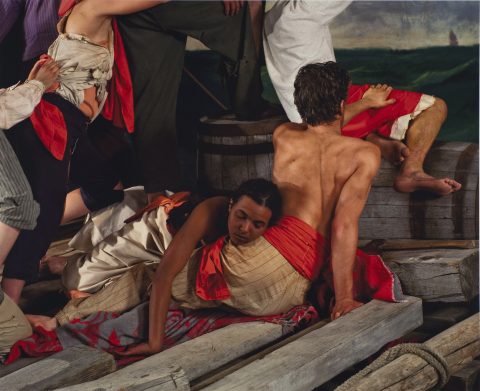-
Choses à faire
- Printemps et été
- Automne
- Hiver
-
Itinéraires
- Escapade insulaire au milieu des prairies
- Découverte de la ville du blé
- Escapade vers les lacs et la nature sauvage
- Saint-Boniface : passion et histoire
- Escapade sur les sentiers qui racontent des histoires à Neepawa
- Plaisirs d’hiver en famille à Morden-Winkler
- Libérez notre nature de Viking
- Explorez le lac Clear comme jamais vous ne l’avez fait
- Venez vous oxygéner au parc Whiteshell
- Cap sur la forêt boréale
- Sur les rives du lac Winnipeg
- Explorer le lac Clear comme vous ne l’avez jamais fait
- Venez vous oxygéner au parc Whiteshell
- À la découverte des trésors nordiques de la région de The Pas et de la NCO
- Laissez libre cours au Viking en vous
- Au croisement de la rue Osborne et de Broadway
- Saint-Boniface : passion et histoire
- Du plaisir en famille à Morden et Winkler
- Échappez-vous vers les lacs et la nature sauvage
- L’été à Souris
- Sur la route des pionniers
- Activités récréatives et jeux
- Arts, culture et histoire
- Aventures en plein air
- Magasinage
- Observation de la faune
- Où manger et boire
- Parcs
- Pêche
- Plaisirs en famille
- Spas et mieux-être
- Sports
- Visites guidées
- Événements
- Endroits à visiter
- Où loger
- Info voyage
- Blogue
- Contactez-nous
300 Memorial Blvd, Winnipeg, MB, R3C 1V1
- 300 Memorial Blvd, Winnipeg, MB, R3C 1V1
- Winnipeg, MB R3C 1V1
- Contact: Winnipeg Art Gallery-Qaumajuq
- (204) 786-6641 | inquiries@wag.ca
Animating the Figure with Photography
Nov 22 - Mar 11
- Admission: General Admission ($0-18, Indigenous Peoples and youth under 18 years are free)
Animating the Figure with Photography features work from WAG-Qaumajuq’s permanent collection. This exhibition considers the medium of photography and its relationship to the human figure. Featuring artists, Barbara Astman, Donigan Cumming, Adad Hannah, and Stephen Livick.
Barbara Astman uses portraiture to express ideas, emotions, and parts of her own identity. She immediately establishes a connection between the subject and the viewer, and then uses the portrait to tell a story. In her Visual Narratives Series she poses for a group of Polaroid photographs, adding short sentences below that read like a book. The Red Series is a culmination of two earlier bodies of work, which featured photographs of the artist. In the later work objects replace texts, inviting the viewer to establish their own connection to the subject.
Donigan Cumming incorporates a variety of media, including photography, to address themes of the body, representation, and social engagement. His work is often situated in a particular community of people, which he creates and documents over a number of projects and years. Accepting the social and ethical implications of these observational images, Cumming blurs the threshold between the public “onstage” and the private “backstage”. Through this creative reanimation, his subjects remain full participants.
Adad Hannah explores historical themes through elaborate bodies of work that involve installation, video, and photography. He is inspired by the tableau vivant (“living picture”) and incorporates forms of early cinema and photography in his work, which compounds the complex relationship between photography and video. Hannah’s staging of Théodore Géricault’s monumental painting The Raft of the Medusa (1818) was carried out in 100 Mile House in British Columbia. The final tableau was performed for a live audience, a life-drawing class, and Hannah’s own video and still cameras.
Stephen Livick often seeks to capture people when they gather in places where they are at their happiest. Posing in front of his camera, these individuals may appear to temporarily disconnect from the buzz of life around them, whether it’s the midway or a carnival. Livick was one of the first artists in the history of photography to combine advanced laser technology with a 19th-century gum bichromate process. Colour gum bichromate printing uses colour transparency film, where the printing paper is treated with both emulsion and watercolour pigment, followed by exposure through a separation negative.


